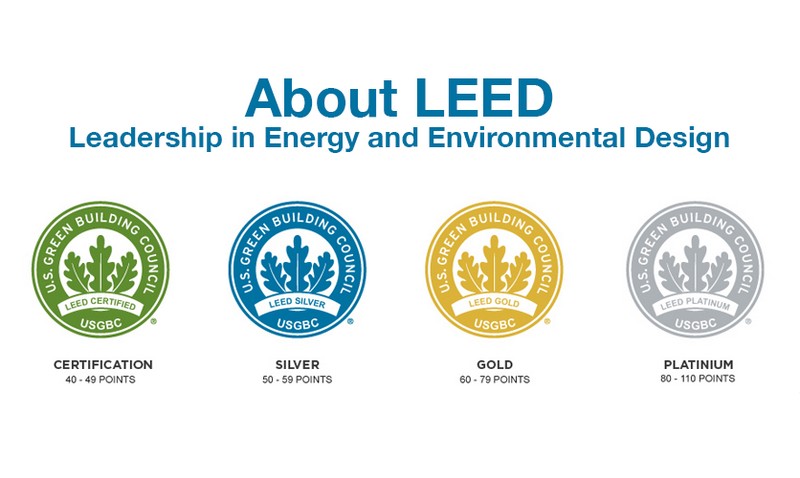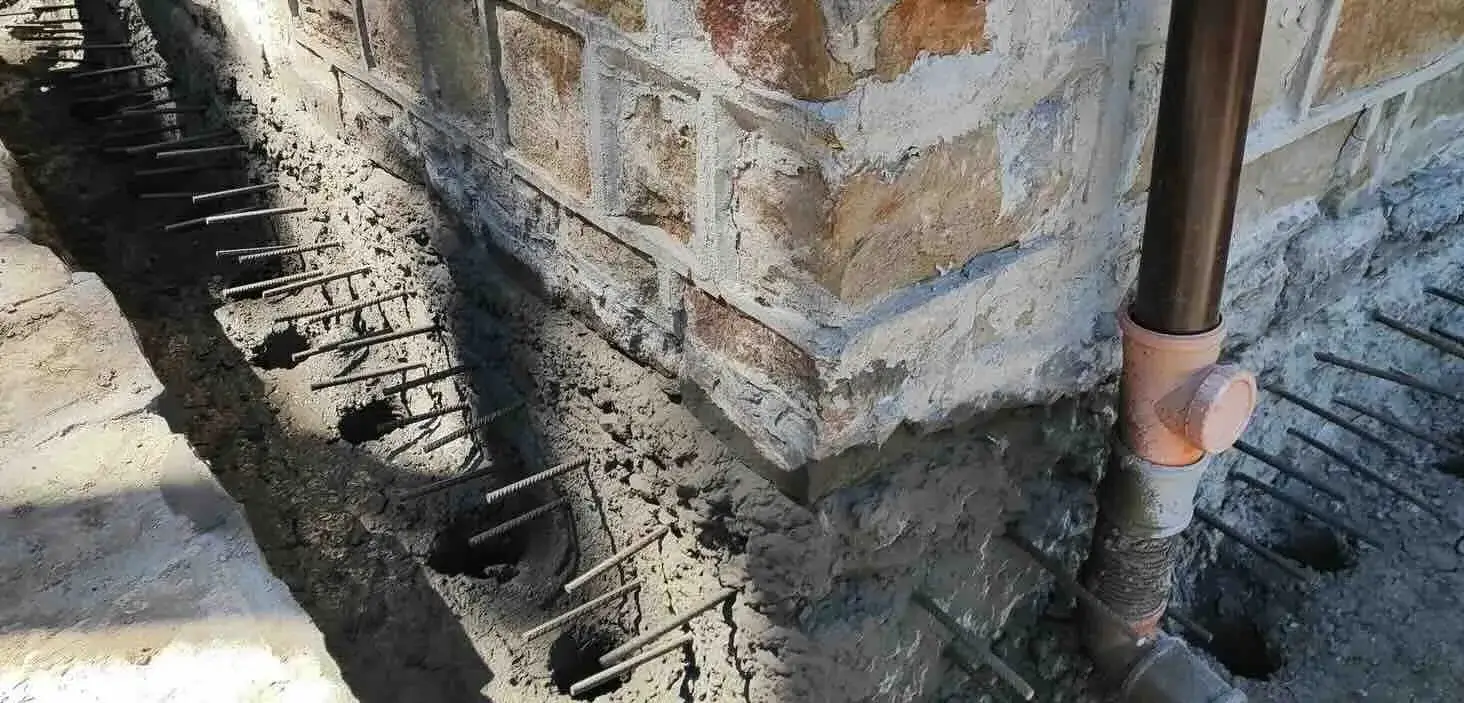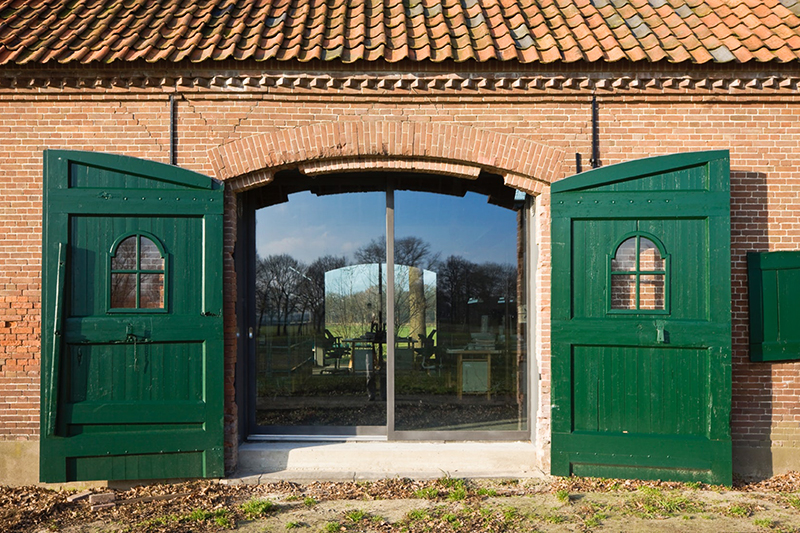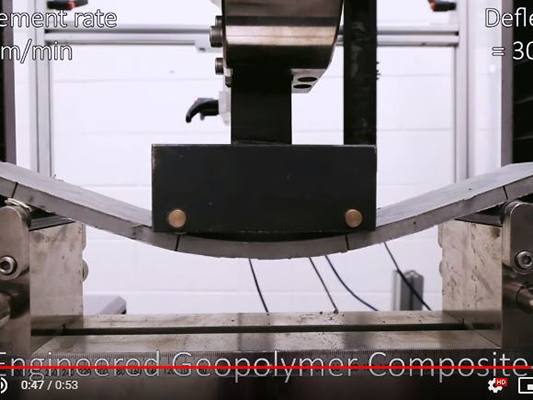Какво представлява устойчивото проектиране на сгради?
Устойчиво проектиране в строителството на нови или реновирането на стари сгради е максималното оптимизиране на няколко основни критерия. Крайната цел е значително намаляване на екологичия отпечатък, който се генерира през всеки един етап от живота на сградите – строителство, експлоатация, разрушаване.
Строителството на „зелени” сгради може би звучи като поредното екологично клише. В действителност обаче се oказва, че то може да изиграе важна роля за намаляването на екологичния отпечатък от човешката дейност. Като допълнителни ползи от „зеленото” строителство се посочват подобрените условия за обитаване на тези конструкции и чувствително намалените експлоатационни разходи. Преди да разгледаме по-подробно ползите от инвестицията в екологично съобразното строителство, нека разгледаме недостатъците и загубите при стандартното. Какви са основните вреди, техният размер и етапите, на които те се появяват.
Как строителните дейности влияят върху околната среда?
Противно на всеобщото възприятие, вредата от строителството не се ограничава само в процеса на производство на строителните материали и тяхното влагане в обекта. Крайният продукт, а именно – завършената сграда, е от голямо значение за размера на екологичния отпечатък.
Един пример за това е влагането на трудно рециклируеми материали. Изборът им има краткосрочен негативен ефект. За разлика от тях обаче, изборът на система за отопление и климатизация може да окаже отрицателен екологичен и финансов ефект през целия период на експлоатация.
В следващите редове ще бъдат посочени най-често срещаните вреди, причинявани пряко от сградния фонд по света.
Консумация на енергия
Консумацията на енергия, свързана с експлоатацията на сградите, представлява около 40% от общата консумация в световен мащаб.

В САЩ този процент достига впечатляващите 48%, което е почти половината от общата консумирана енергия.

Генерирани парникови газове
Строителството и ремонтите в световен мащаб генерират 17% от общите емисии на парникови газове, изхвърляни в атмосферата.

При експлоатацията на сградите се отделят още около 30%.
Според статистика на U.S. Green Building Council, почти 40% от CO2 емисиите в САЩ са пряко свързани със строителния сектор.
Консумация на вода
Ниската цена на този ресурс, където той все още е свободно достъпен, дава възможност за ненужно големи потребления. Средно около 14% от консумацията на вода се случва в сградите. Загубите по водопреносната мрежа в развитите страни са около 12%, а у нас тази стойност е между 50 и 70%.

Използвани строителни материали
Съвременните материали, влагани в строителството, имат сериозен екологичен отпечатък. Голяма част от тях са трудно рециклируеми или въобще не подлежат на повторна употреба. Добиването на огромните обеми суровини, необходими за производство, преработката им и логистикана на големи разстояния правят този процес един от най-големите замърсители днес. Според U.S. Green Building Council, около 40% от добиваните суровини са за нуждите на строителната индустрия.
Отпадъчни продукти и разрушаване на стари сгради
Разрушаването и ремонтните дейности са със сериозен дял в генерираните от човешката дейност отпадъци. Те рядко подлежат на сортиране и рециклиране. Според статистика на Eurostat, 35% от отпадъците са в следствие на дейности в строителния сектор.

В България този процес би трябвало да се регламентира от „Наредба за управление на строителните отпадъци и за влагане на рециклирани строителни материали”, в сила от 2012г.
Ползи от „зеленото” строителство
LEED/ Leadership in Energy and Environmental Design/ е най-широко разпространената система за оценяване и сертифициране на „зелени” сгради. Оттам предоставят нагледна статистика за ползите и рентабилността на подобна инвестиция.

Получаването на сертификат по тази система гарантира съответно:
–25% по-малко потребление на енергия
–11% по-ниско потребление на вода
–19% по-малко средства за поддръжка
–34% по-малко отделяни парникови газове
–27% по-висок рейтинг на сградите, според техните обитатели. Този критерий обхваща не само субективното усещане за по-висок конфорт, но и намаляват вероятността за поява на sick building syndrome, отговорен за по-ниска работоспособност и излизане в болнични на работещите.
-генерират значително по-малко нерециклируеми отпадъци
-общите разходи се намаляват с от 9 до 13%
-стойността на сградата, след постигането на критериите за сертификация, се повишава с около 4%
-инвестицията се изплаща в срок до 7 години

Какво представлява „зеленото” строителство

Платформа за лесно търсене на информация относно „зелено“ развитие
Author: Dr. Eng. Teodor Todorov








